6. Christine (Antonio Campos, 2016)
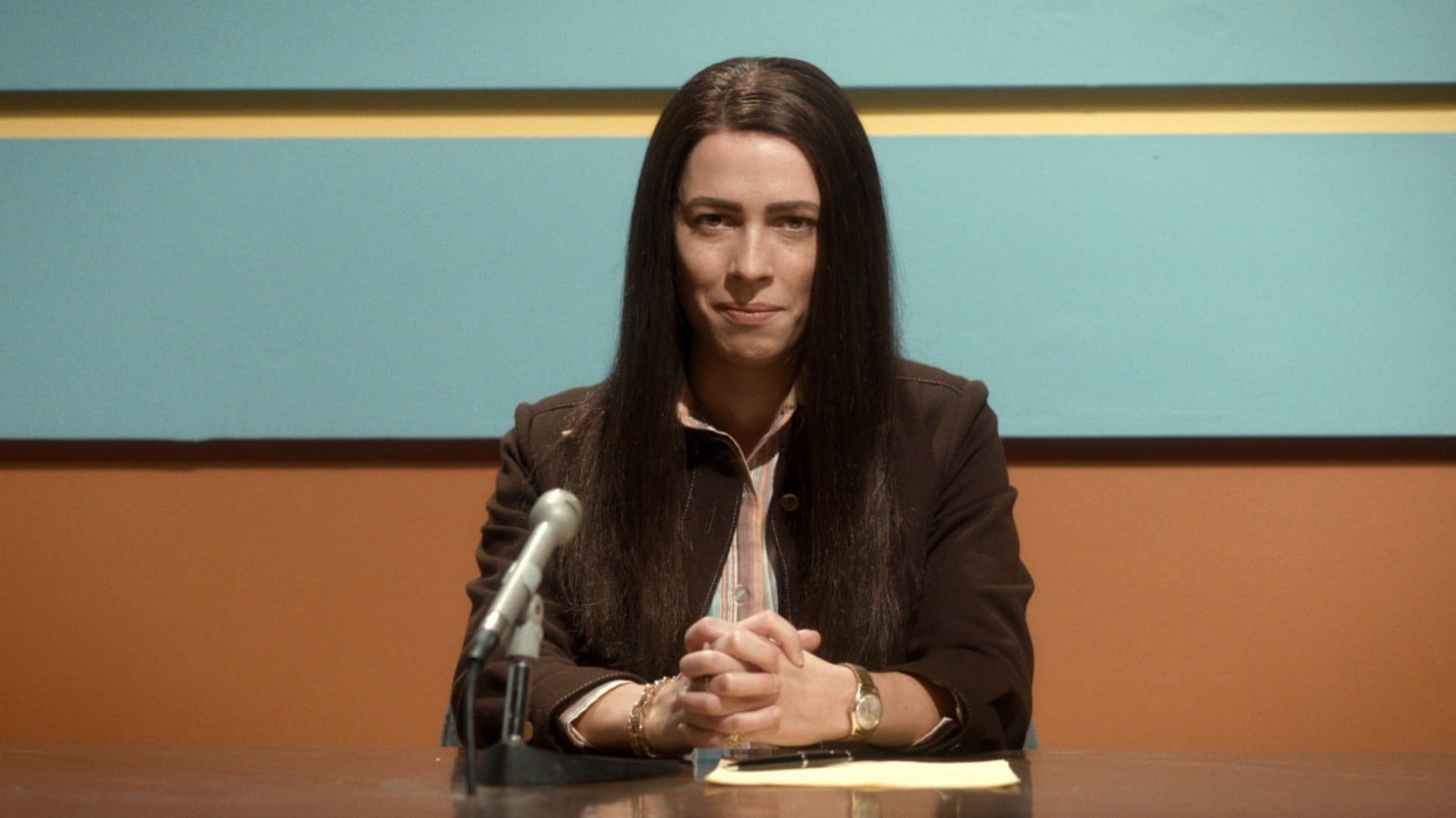
Working from the true story of Christine Chubbuck, a TV news reporter in the 1970s who fell into a harsh depression due to a lack of advancement in her career and other pressures outside of work, Antonio Campos’ 2016 film Christine is one of subtleties but also one that is utterly heartbreaking.
With Rebecca Hall giving her career best performance as the aforementioned Christine Chubbuck, the focus on character and a more emotional version of cause and effect is very impressive as the film seems to gather such a real momentum, even as things hurtle towards the horrendous ending that this one has. It’s admittedly a difficult movie to talk about without spoiling, so it looks like you’ll just have to go and out and see it based on this recommendation!
7. The Homesman (Tommy Lee Jones, 2014)
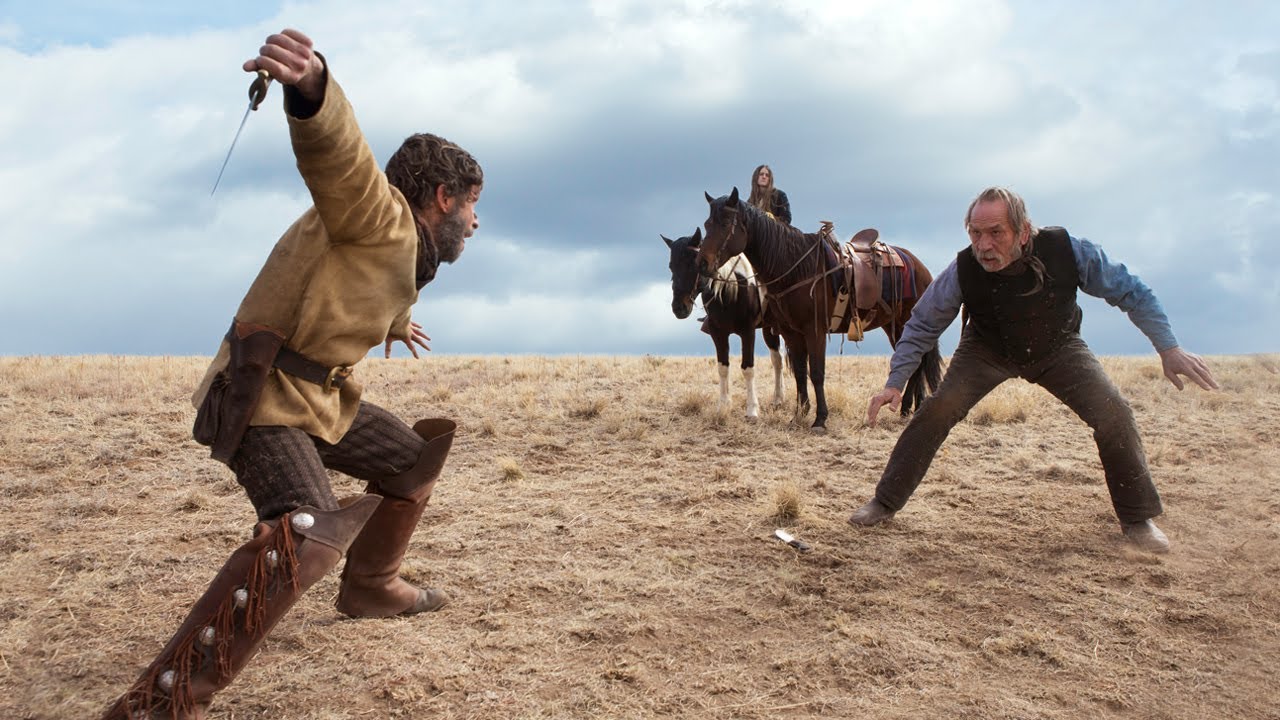
Similarly to Brady Corbet, one simply wouldn’t expect Tommy Lee Jones to have a strong eye for directing, and yet he has made two of the finest westerns of the 21st century with The Homesman and The Three Burials of Melquiades Estrada (2005). The Homesman is especially impressive, functioning as a great example of the modern revisionist western by rolling in themes of feminism (see also Meek’s Cutoff by Kelly Reichardt) to the typically patriarchal Wild West landscape as well as channelling Unforgiven (Eastwood, 1992) through Jones’ own character who is framed more often as a pathetic drunk than a gun-toting Man with No Name to be reckoned with.
Continuing to carry the torch that Clint Eastwood initially lit with the westerns he directed, Tommy Lee Jones manages to create the best western of the 21st century so far with The Homesman, and just to make the film all the more impressive, he makes it look totally effortless. Here’s hoping that Jones continues to direct and continues to impress, too!
8. Hanagatami (Nobuhiko Obayashi, 2017)
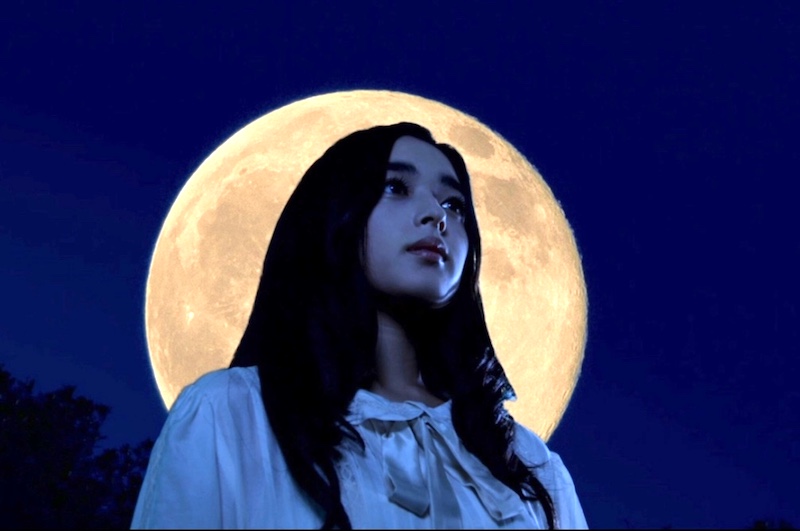
Nobuhiko Obayashi doesn’t seem to earn much credit other than for the midnight madness classic House (or Hausu) from 1977, however, in ignoring the rest of his work people are also ignoring some of the most creative and stylistic films releasing over the last thirty years. And whilst the majority are ridiculously tricky to get ahold of, excusing many for never seeing them, Hanagatami caught on a little more and is more accessible because of the attention it managed to gather as it worked its way around film festivals and was showing on MUBI for some time… and it’s a good job that a film as interesting as Hanagatami did manage to catch on somewhat, as Obayashi certainly deserves it for the risks he takes in his visual storytelling.
Deviating from the style he is known for from Hausu and following the more serious story of a young boy experiencing the second World War, Obayashi takes his work in a new direction but also stays in tune with some of the stylistic features of his visual style that gained him his cult film notoriety in the first place, making his new work continue to stand out to those who are new to his work. Hanagatami is a sprawling, gorgeous film, and whilst it may be overstating to call it perfect, it’s so impressive that perfection doesn’t come into it.
9. Three Landscapes (Peter B. Hutton, 2013)
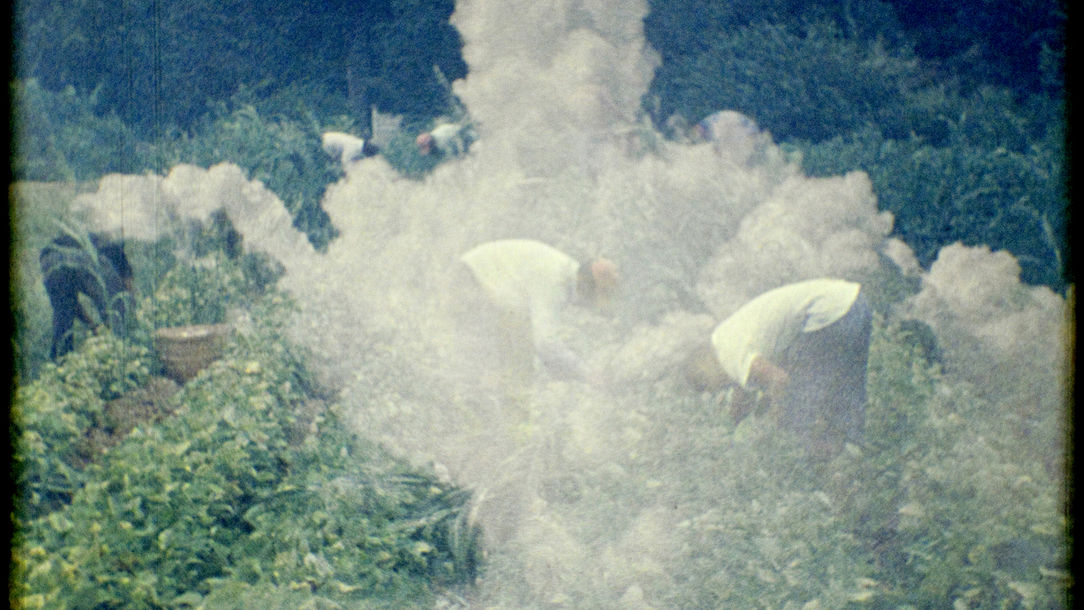
Peter B. Hutton, no doubt a director most well known for his experimental short films, is a really underrated cinematic voice. Being one of the earlier filmmakers to catch and then latch onto the slow cinema movement, Hutton works from the same script as the fascinating James Benning and simply focuses on the mundane, stripping back cinema to the very basics in the way that the Lumiere Brothers started the form 120 years ago. But Hutton takes things further in his vision, and often changes his films into black and white or adds something else to make his films stand out compared to those of Benning, creating films like 2004’s Skagafjordur which is one of the most breathtaking short films ever made.
Three Landscapes is one of Hutton’s few feature length films, and it may be the finest of them as it focuses 3 static shots on… you guessed it! Three landscapes. And it sounds simple to a detriment, but there is something quietly wonderful about this approach to cinema, building this world view that feels like that of a babies as every small movement becomes so much more important. It’s a quietly stunning film, one that requires patience but is certainly very rewarding for those who stick with it in the same way as the work of James Benning and Tsai Ming-Liang is.
10. James White (Josh Mond, 2015)
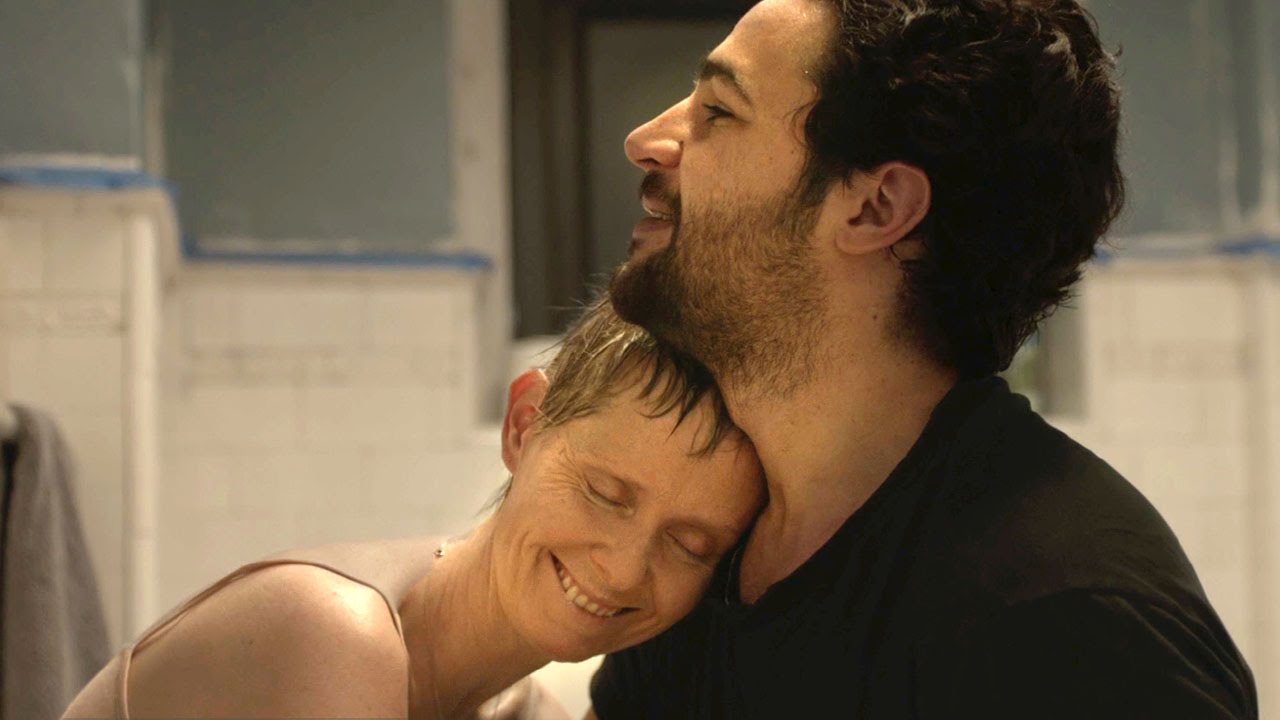
James White is a total punch to the gut. Coming from the same group of producers and filmmakers who made Christine further up on the list, and taking mumblecore styles and merging them with a much more narrative based script, James White feels like something comparable to if John Cassavetes were more directly emotional – it plays out like a more physically visceral version of A Woman Under The Influence as it focuses its vision on the titular James White. James’ father has just passed, and he is evidently struggling with increasingly high levels of anxiety as he receives more bad news from home.
Using the intimate film form that is offered by mumblecore sensibilities, James White becomes harsher and harsher until it ends, making for one of the hardest hitting films recent memory. Christopher Abbott gives one of the best performances of the 2010s, channelling so much energy through his character constantly and managing to portray this delicate mixture of anxiety, exhaustion and hope. This one will knock most anybody sideways, especially on first viewing, and is a great film to see if you thought that Manchester by the Sea was also great.